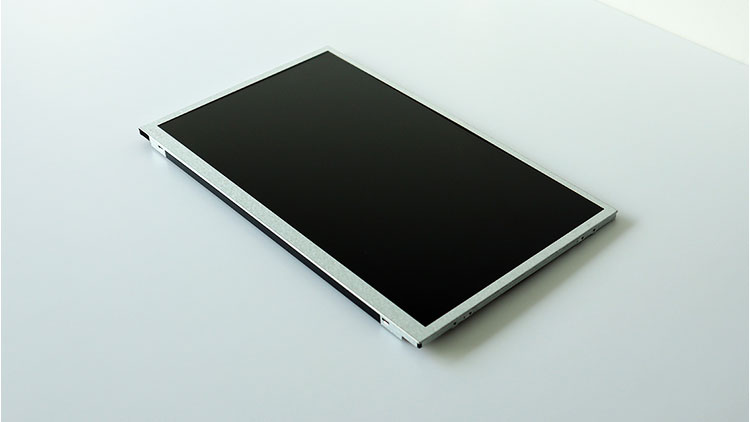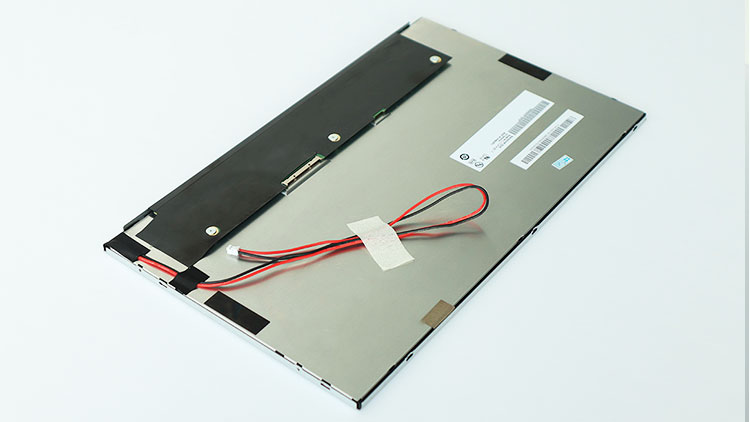Perché il display Sunlight Readable è ancora chiaro sotto forte luce?
Ci sono diversi motivi per cui ilSunlight Display leggibilepuò rimanere chiaro sotto forte luce.
In primo luogo, il display utilizza una speciale tecnologia anti-abbagliamento. Questa tecnologia riduce il riflesso della luce sulla superficie dello schermo, in modo che anche in forte luce solare, la luce che entra nei nostri occhi proviene principalmente dal display stesso, piuttosto che dalla luce riflessa dall'esterno, che migliora la visibilità dello schermo.
In secondo luogo, il display ha una retroilluminazione ad alta luminosità. Quando rileva una forte luce esterna, può aumentare automaticamente la luminosità della retroilluminazione per rendere le immagini e i testi sullo schermo abbastanza luminosi da essere chiaramente visibili sullo sfondo di una forte luce solare.
Infine, il contrasto dei colori e la saturazione del display sono ben regolati. Ciò garantisce che i colori sullo schermo siano vividi e distinti, rendendoci più facile distinguere i contenuti sullo schermo anche alla luce del sole.

Ci sono situazioni in cui ilSunlight Display leggibilepotrebbe non essere chiaro anche con la tecnologia anti-abbagliamento?
Certo che c'è. Ad esempio, se la luce solare è troppo forte, come a metà estate, quando il sole brilla direttamente e la luce è estremamente forte, anche con la tecnologia anti-abbagliamento, lo schermo potrebbe ancora essere un po' poco chiaro, e si sentirà luminoso, e il contenuto non sarà così chiaro.
Also, if you look at the screen at a wrong angle, not directly facing it, but from a more sideways angle, the effect of anti-glare technology may also be discounted under strong light, and the screen will appear a little blurry, and the color and contrast will not seem right.
Another thing is that if the screen is not clean, there is dust, fingerprints or scratches, which will also affect the anti-glare technology. Dirt will cause light to reflect randomly, and scratches will also change the propagation of light, so it is difficult to see the screen clearly under strong light.
In addition, if the anti-glare technology of the device itself is not very good, or it has been used for a long time and the technology has aged, then it may not be able to keep the screen clear under strong light, and it will still be unclear.

What are some ways to enhance the anti-glare technology on the device itself?
Improve screen surface coating
Use nanostructure coating: Apply a coating with nano-scale microstructure on the screen surface. This coating can cause light to scatter and refract multiple times before entering the eye, thereby reducing the intensity of directly reflected light and reducing glare. For example, the nano-silicon dioxide coating used on some mobile phone screens can effectively improve the visibility of the screen under strong light.
Apply anti-reflective polarizing coating:
Polarizing coating can selectively filter out reflected light in a specific direction, and reduce the interference of reflected light on vision by distinguishing the polarization direction of screen reflected light from the polarization direction of ambient light. Many high-end monitors and camera lenses use this technology to enhance the anti-glare effect.
Optimize the screen backlight system
Improve the accuracy of automatic backlight brightness adjustment: Equipped with a more sensitive ambient light sensor, it can more accurately detect changes in the intensity of ambient light. According to different lighting conditions, finely adjust the brightness of the screen backlight so that the screen is bright enough in strong light, and at the same time, it will not be too glaring in low light environments, so as to ensure good visual effects in various environments.
Use local dimming technology: divide the screen backlight into multiple independent areas, and adjust the brightness of each area separately according to the different content displayed on the screen. When displaying black or dark areas, reduce the backlight brightness of the area, and when displaying white or bright areas, increase the backlight brightness appropriately. This can improve the contrast of the screen and reduce the glare caused by uneven backlighting.
Improve screen material and design
Use high-contrast screen material: Choose a screen material with high contrast, such as OLED screen. OLED screens can achieve self-illumination, each pixel can independently control brightness and color, and can completely turn off pixels when displaying black, which greatly improves contrast and reduces the impact of glare on vision.
Use curved screen design: Curved screens can reduce reflections at the edges of the screen because their shape allows light to be reflected at a more inclined angle, thereby reducing the possibility of reflected light directly entering the eyes. In addition, curved screens can provide a wider field of view and better immersion, and to a certain extent alleviate the glare problem caused by changes in visual angles.







